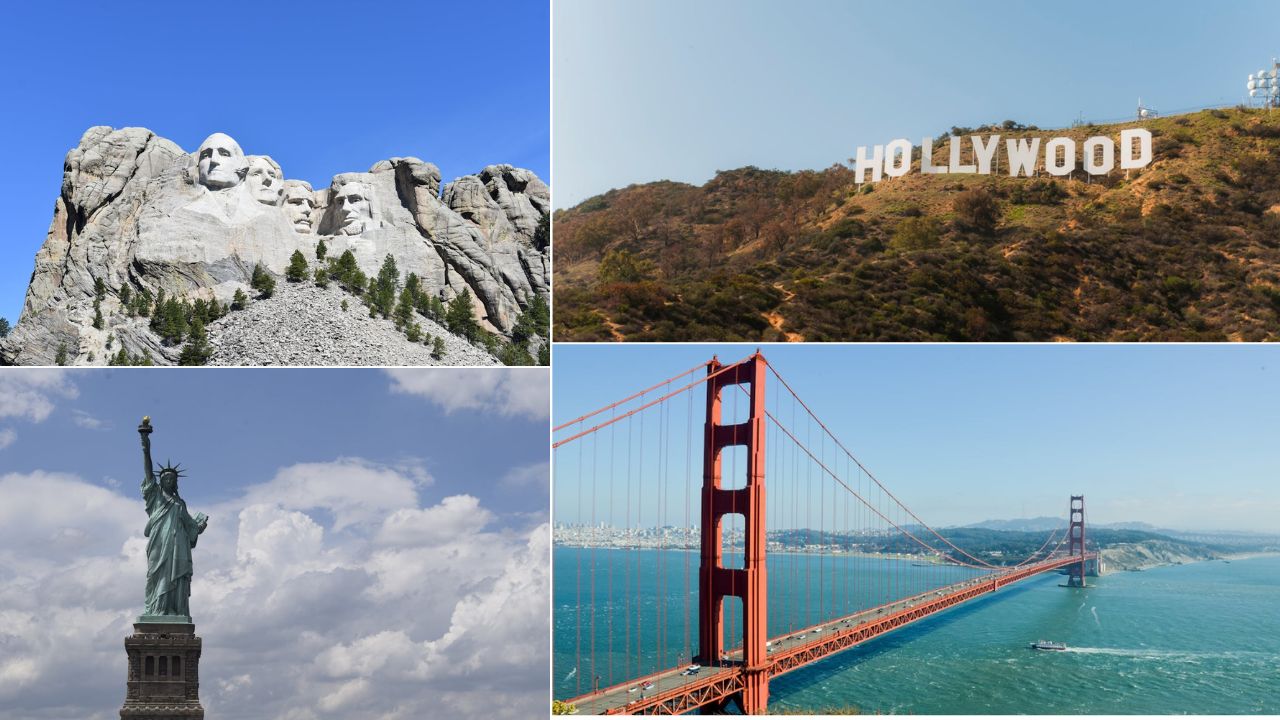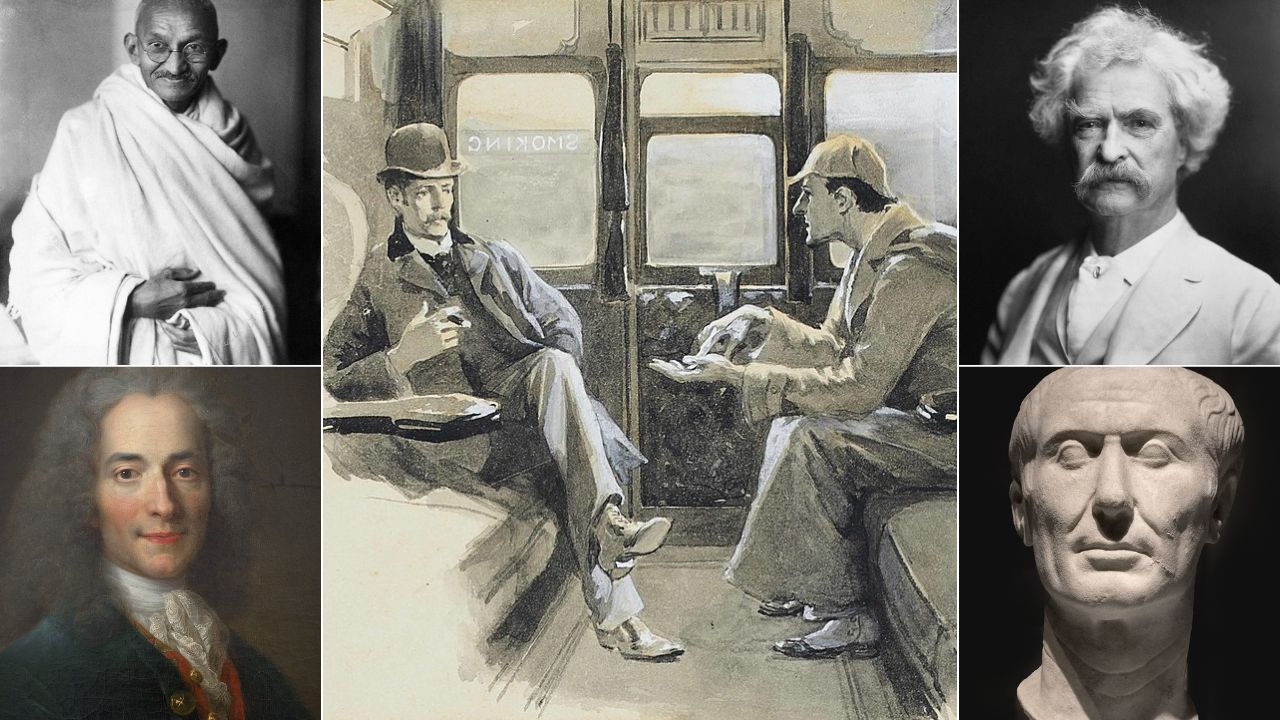Famous American landmarks look familiar from field trips, textbooks, and movies, yet many hide surprising backstories. Some secrets protect safety, like closed viewing areas. Others reflect science and engineering, like colors picked for fog or metal caps that once signaled cutting-edge tech. Wars, earthquakes, and changing city rules also shaped what visitors see today. These twelve quick histories add context you can share on your next trip, turning selfies into real knowledge about design choices, repairs, and the people who keep these places alive.
1. Statue of Liberty, New York
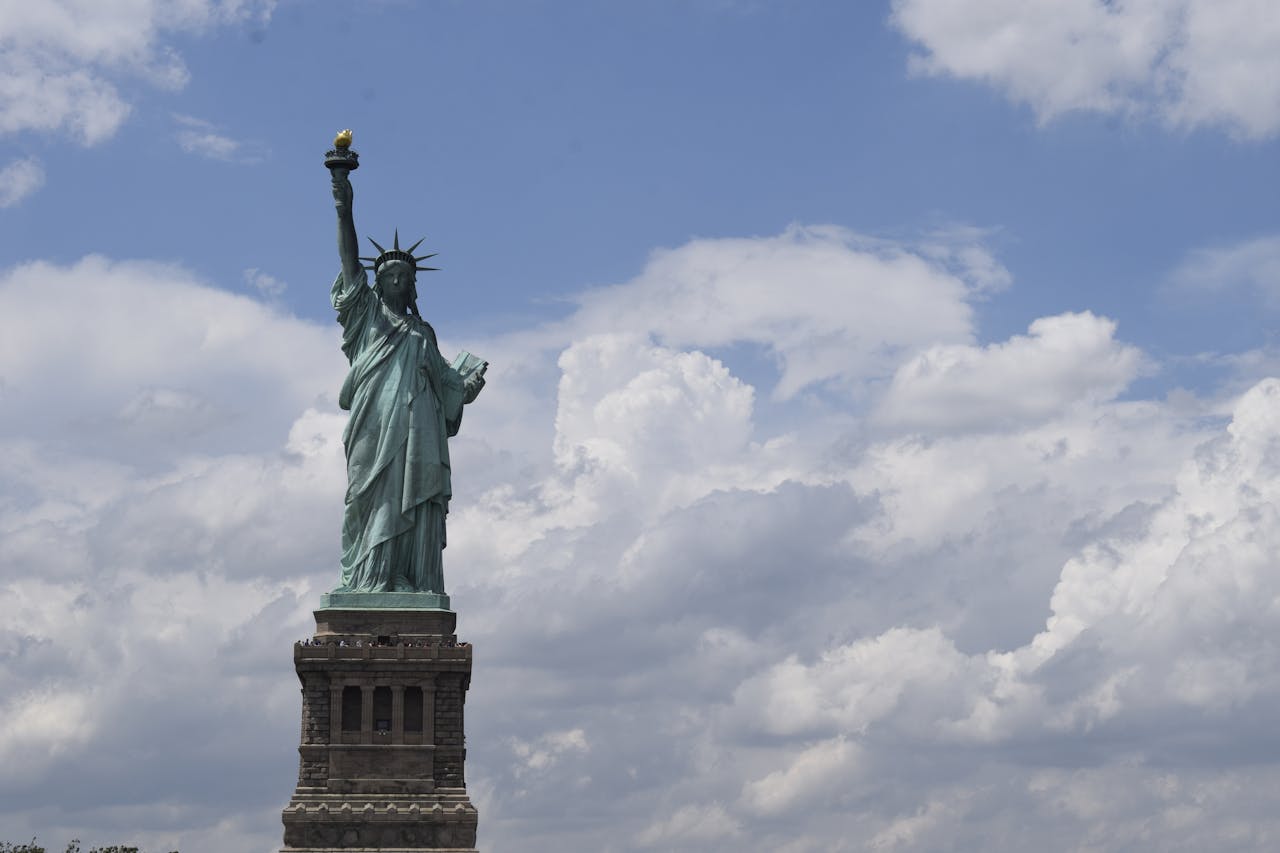
Lady Liberty began as bright copper, then turned green as the metal reacted with air and salt. From 1886 to 1902, it even served as a working lighthouse, with a lens in the torch. After the 1916 Black Tom explosion damaged the arm, the torch’s tiny balcony was closed to the public for safety. Today, visitors climb to the crown instead, while engineers monitor wind sway, rivets, and stairs. The gold-looking torch you see is a 1980s replacement that shines like a beacon in photos.
2. Golden Gate Bridge, San Francisco
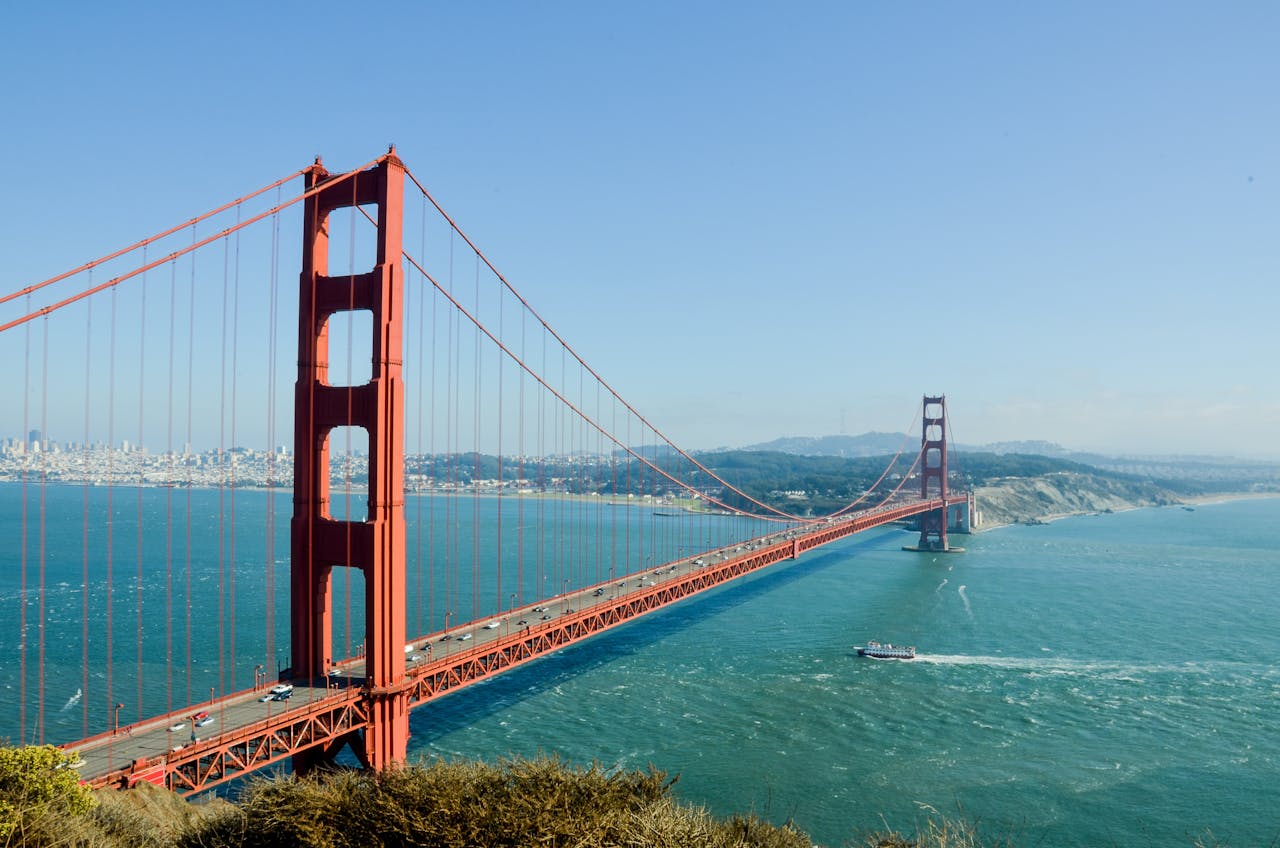
The bridge’s color, International Orange, was not a random pick. An architect chose it because cargo ships could see the span in thick fog, and the tone looked good against the ocean and hills. People say crews repaint it end-to-end nonstop, but maintenance is targeted, with rust-proofing where salt and wind hit hardest. The Navy once wanted high-contrast stripes for visibility, yet the orange became a protected design choice. The color now defines the skyline as much as the famous towers and cables.
3. Mount Rushmore, South Dakota
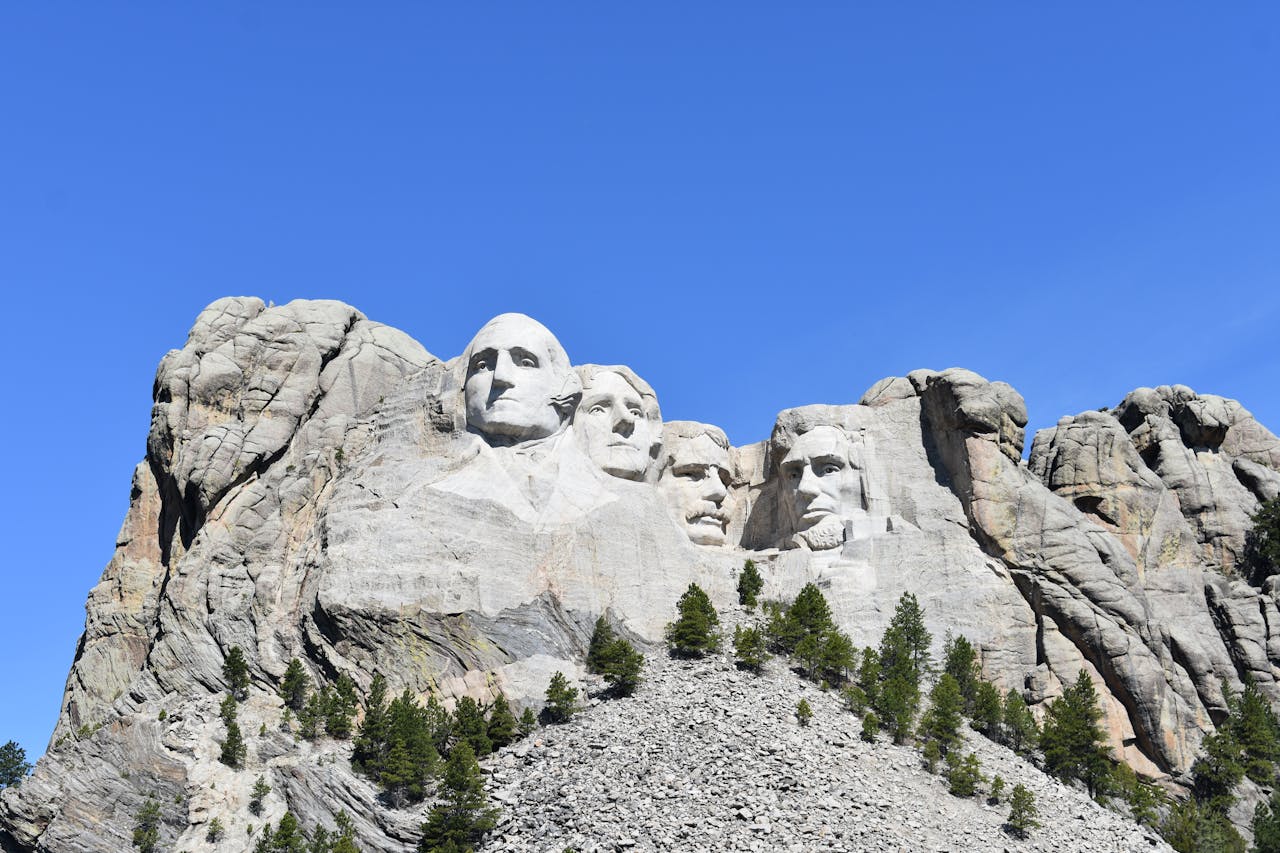
Behind the presidents, sculptor Gutzon Borglum dreamed of a hidden archive called the Hall of Records. Work paused during World War II, but decades later caretakers placed granite panels in a sealed chamber, summarizing U.S. history and the carving’s purpose. Visitors cannot enter, yet the idea matters, a time-capsule-style record tucked into the mountain. On the open faces, crews use gentle methods to control cracks, since blasting stopped long ago. The monument you see is only part of the original vision.
4. Washington Monument, Washington, D.C.
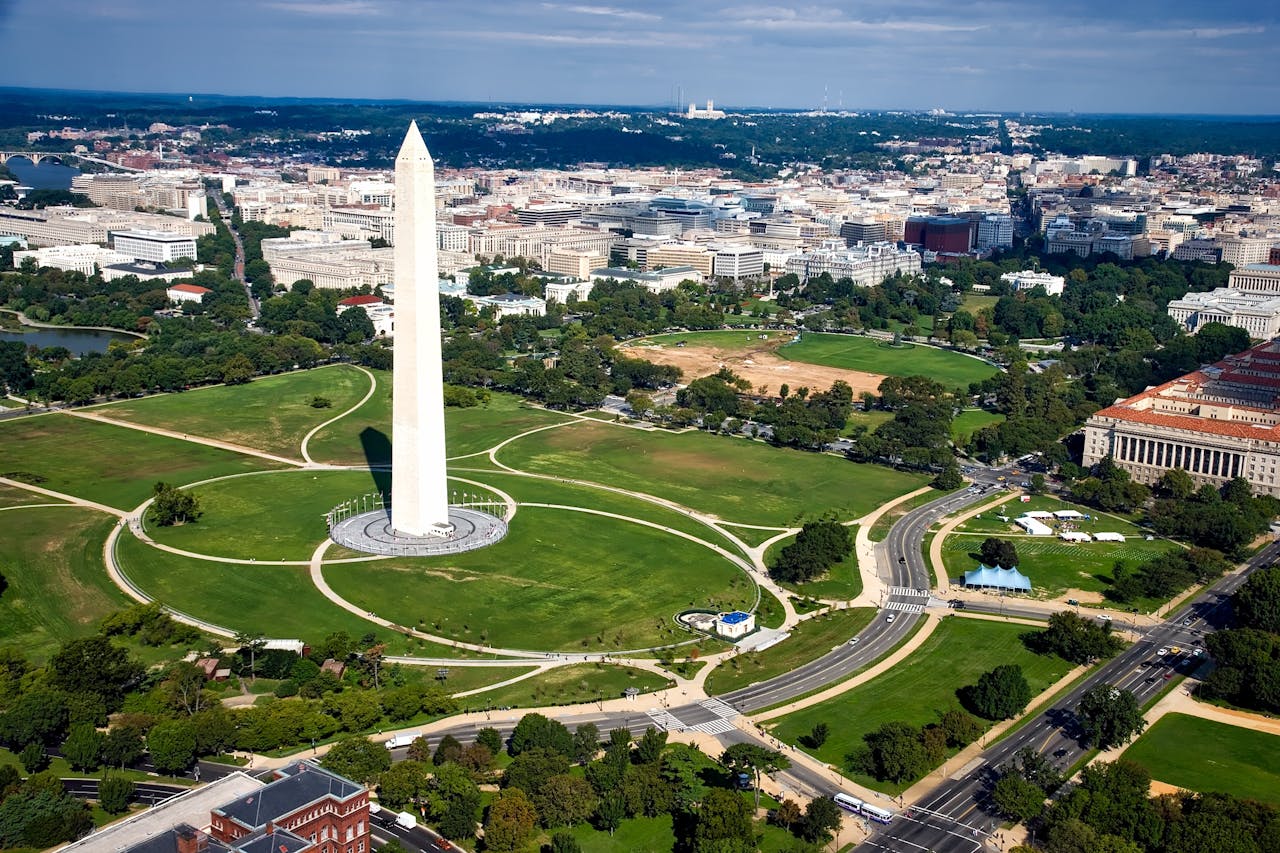
The stone changes color partway up because funding and the Civil War halted construction, so crews finished with marble from a different quarry. Its tip is capped with aluminum, which was rare and prized in the 1880s, then wired into a lightning system as technology improved. After a 2011 quake, engineers repaired internal stones and added braces you cannot see. The monument’s precise height and tiny swing in wind are measured, proving the obelisk is both a memorial and a living engineering project.
5. Grand Central Terminal, New York
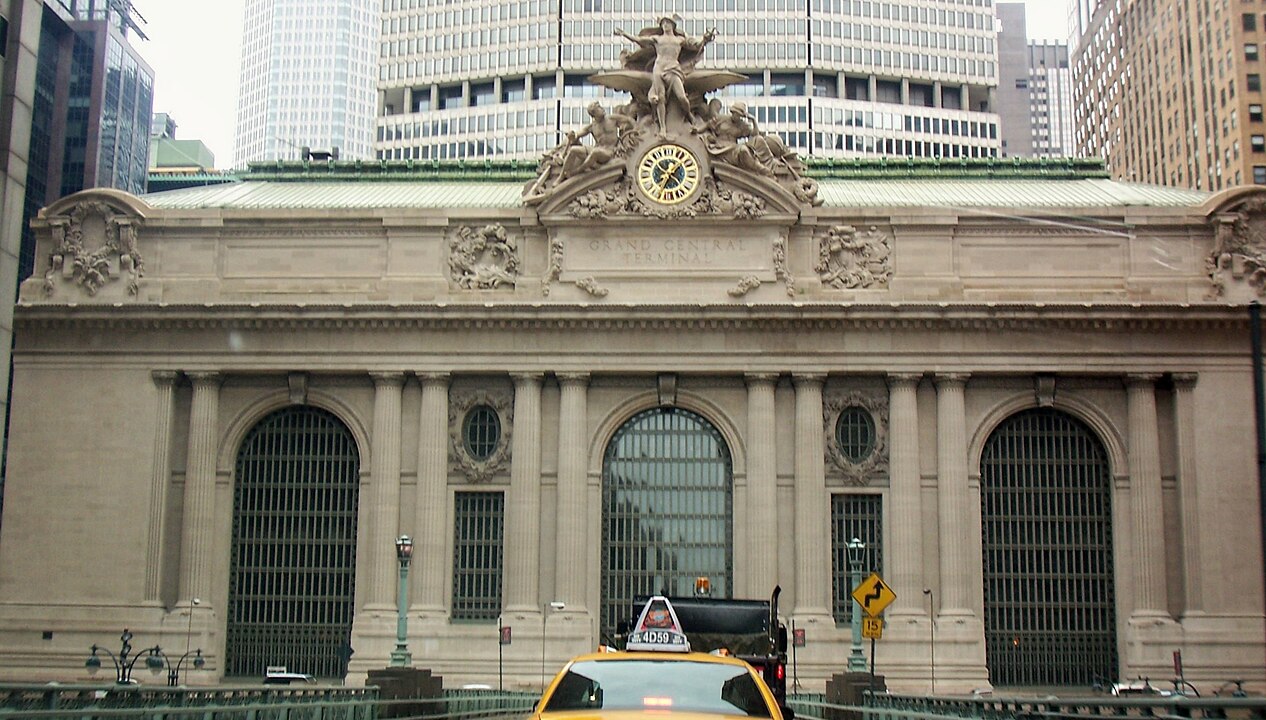
Whisper in one corner of the lower-level arches, and a friend hears you diagonally across the hall. That “whispering gallery” happens because curved tiles reflect sound like a secret phone. Look up in the Main Concourse, the painted sky was once coated in city grime from decades of smoke. Cleaners left a small dark patch as proof of how dirty the ceiling had been. The zodiac is drawn backward on purpose, a nod to medieval maps that showed the heavens from outside looking in.
6. Hollywood Sign, Los Angeles

The hillside letters once read Hollywoodland, advertising a real estate development. In 1949 the city removed the last four letters, kept the rest, and later rebuilt the sign in steel after vandalism and decay. Rangers and cameras protect it because hikers used to scramble under the letters for photos, which risked falls and brush fires. The sign’s look is trademarked, and lighting rules protect neighbors at night. It is still an advertisement in spirit, now for the entire entertainment industry.
7. Alcatraz Island, San Francisco Bay
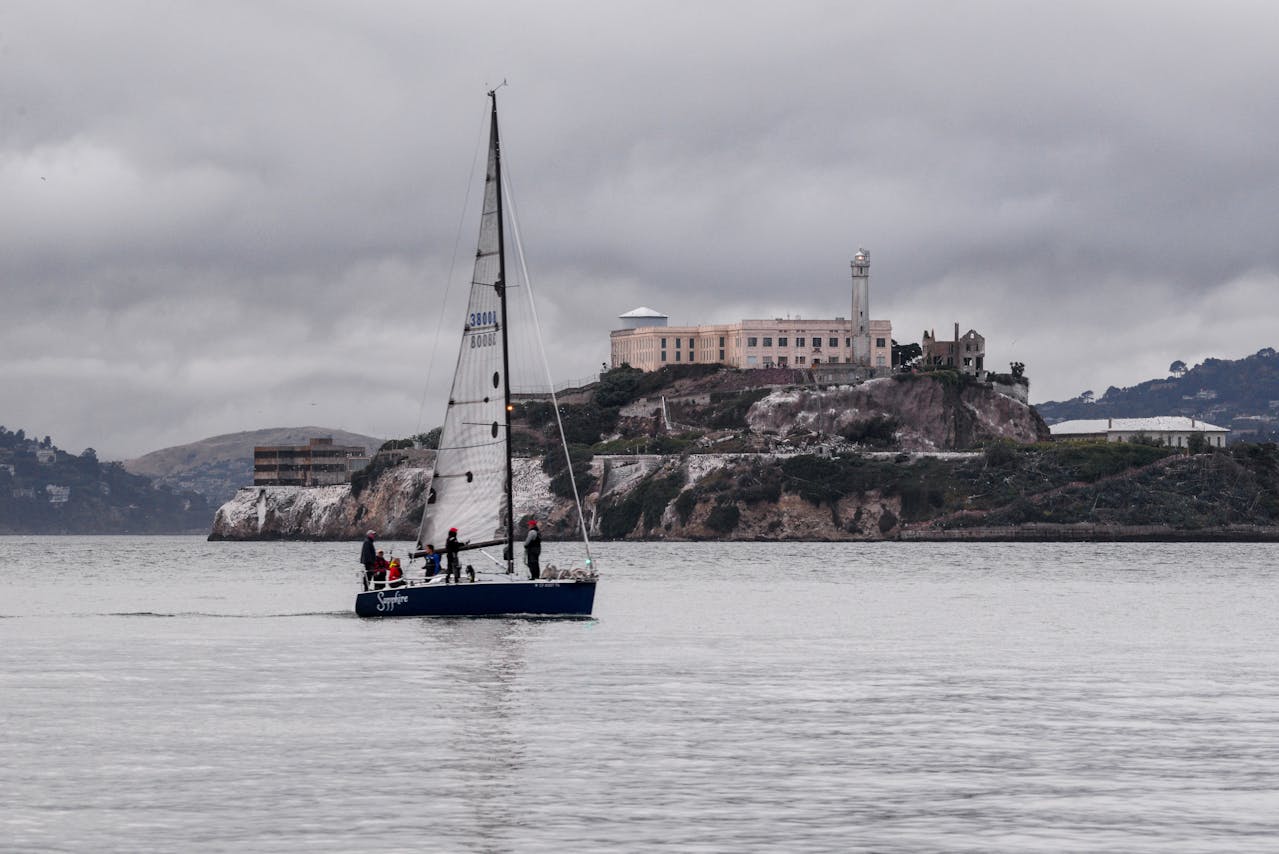
In 1962, Frank Morris and the Anglin brothers escaped by carving vents, slipping through service tunnels, and using raincoat rafts. They fooled guards with painted, hair-topped dummy heads on their pillows. Their final fate is debated, but the prison’s design lessons stuck. Modern tours point out ventilation routes, kitchen tool shadows, and guard sightlines that tried to prevent exactly that kind of plan. The island was also an early U.S. lighthouse site, so security and navigation shared the same rock for decades.
8. Empire State Building, New York
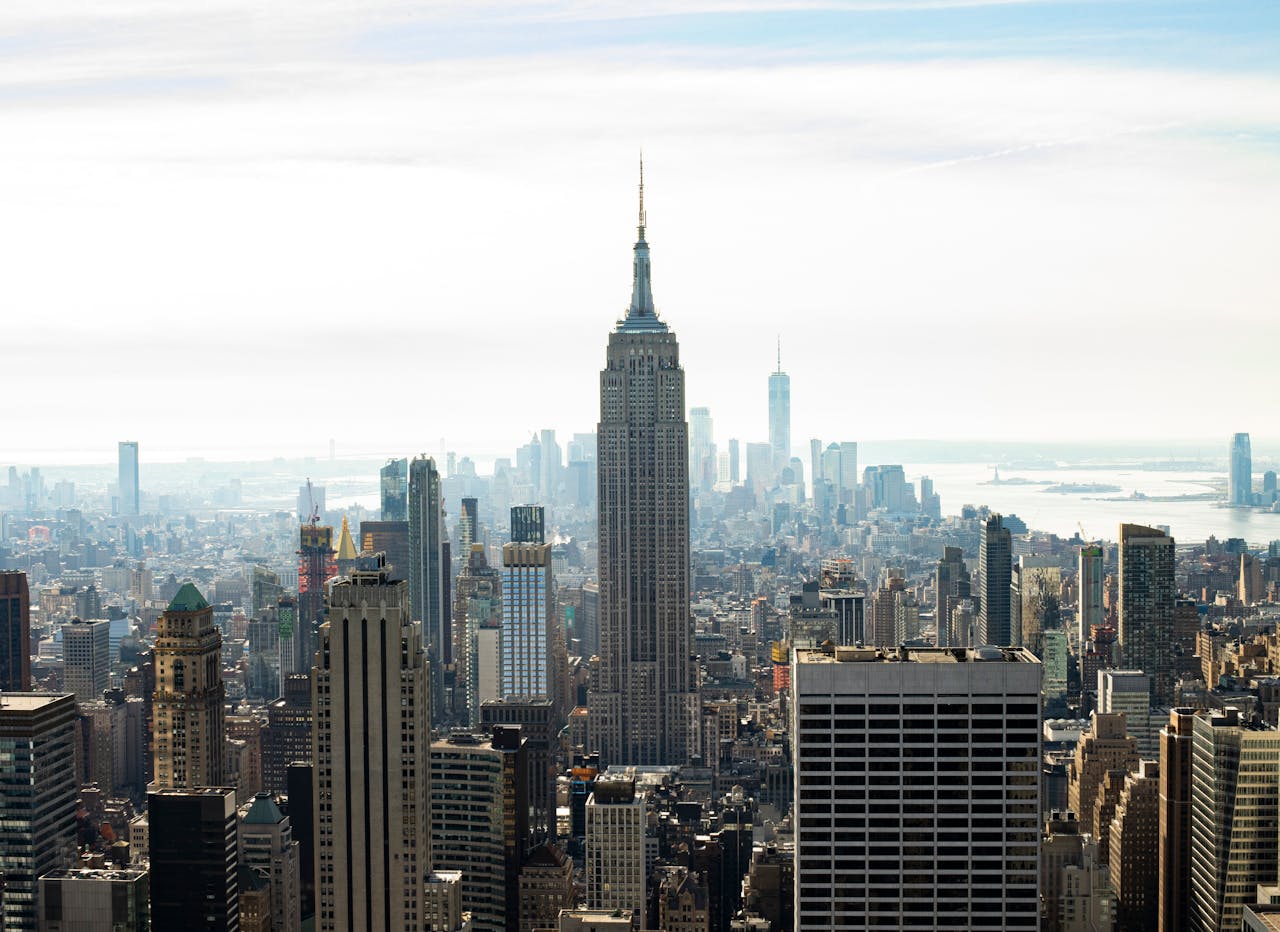
The spire was designed as a mooring mast for airships, a futuristic idea that fell to reality. Fierce updrafts and tight streets made docking unsafe, and a short test showed the hazards fast. The mast instead became a broadcast tower that carries signals across the city. The building’s fast 1931 construction used a precise steel schedule and on-site elevators that rose as crews climbed. Today, colored lights follow calendars for holidays and causes, turning the tower into a nightly city message board.
9. Gateway Arch, St. Louis
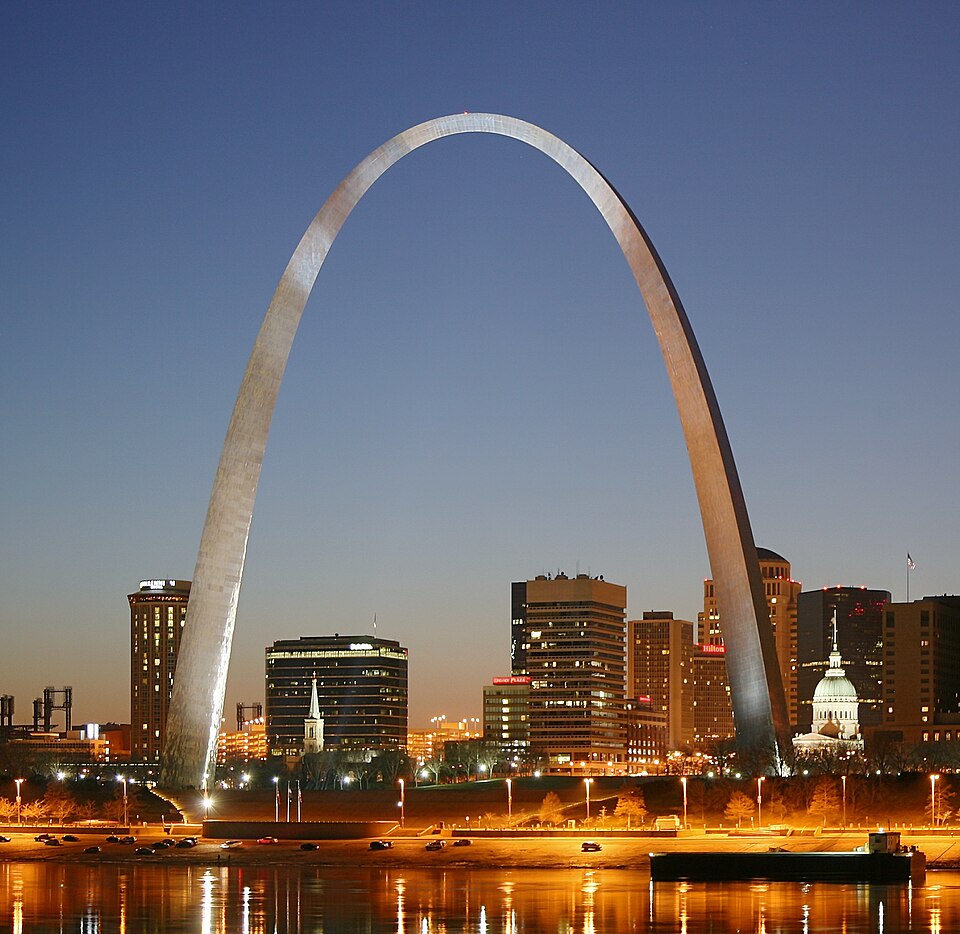
The stainless steel curve is 630 feet tall and just as wide, shaped as a weighted catenary that balances elegance with strength. Inside runs a tram of small pod cars that pivot to stay level while climbing through the arch’s ribs. Windows at the top are tiny by design, since wind and safety rules limit openings. From the riverfront, the Arch frames the sky, yet below ground a museum explains civil rights cases tied to the Old Courthouse nearby, connecting the view to real history.
10. Liberty Bell, Philadelphia
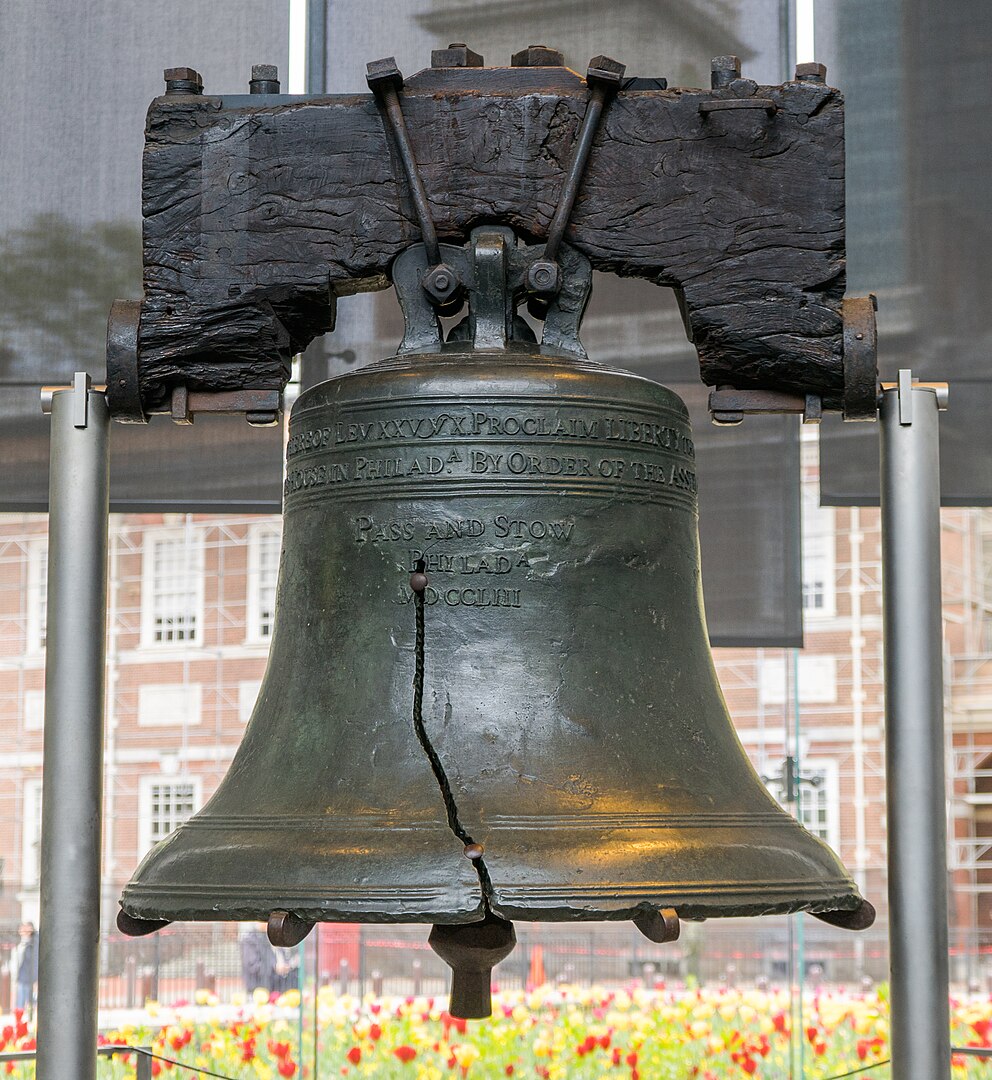
The famous crack is actually a widened repair cut that stopped a hairline split from spreading. During the Revolutionary War, locals feared the British would melt the bell for cannon, so they quietly moved it to Allentown and hid it beneath a church floor. The bell’s inscription comes from a Bible verse about proclaiming liberty throughout the land. Today, climate-control glass and careful supports keep the metal stable, while exhibits explain why the bell later became a symbol for voting rights and equality.
11. Brooklyn Bridge, New York
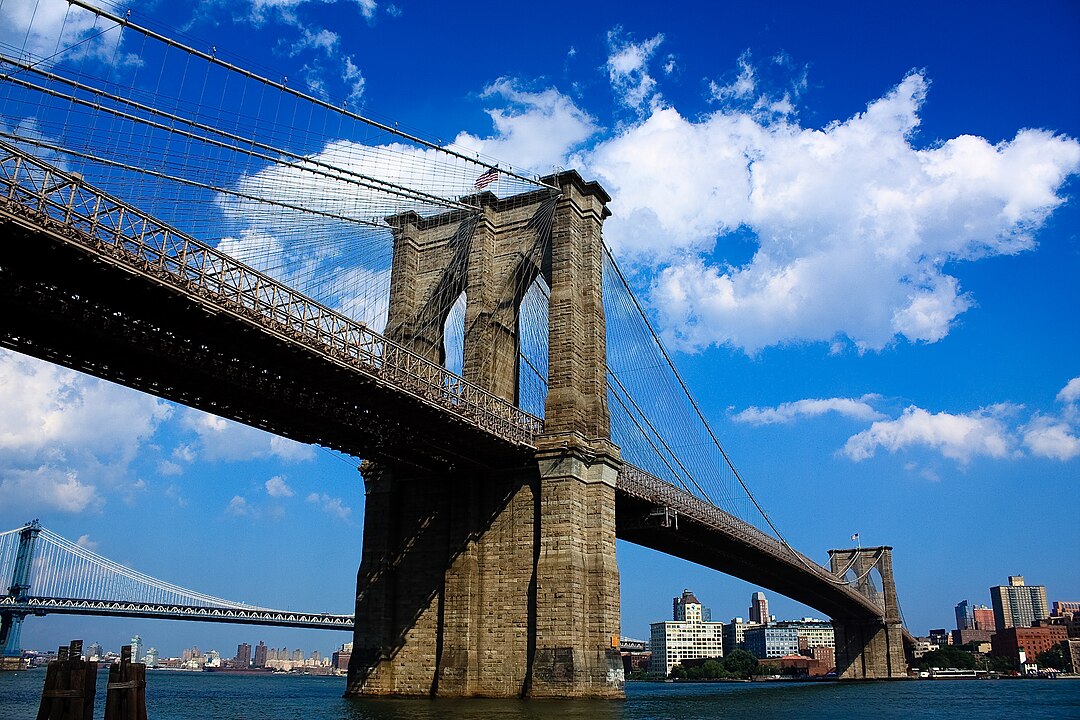
During a 2006 inspection, workers found a Cold War-era fallout shelter tucked inside a bridge arch, stocked with vintage crackers and medical kits. The bridge itself was an early steel-cable marvel, and workers called high-scalers repaired towers from slung seats. To calm early fears, the city once marched elephants across to prove the deck’s strength. Now, strict lane rules and fencing protect pedestrians and cyclists, while constant cable checks make sure this 19th-century design keeps serving a 21st-century city.
12. Hoover Dam, Nevada–Arizona
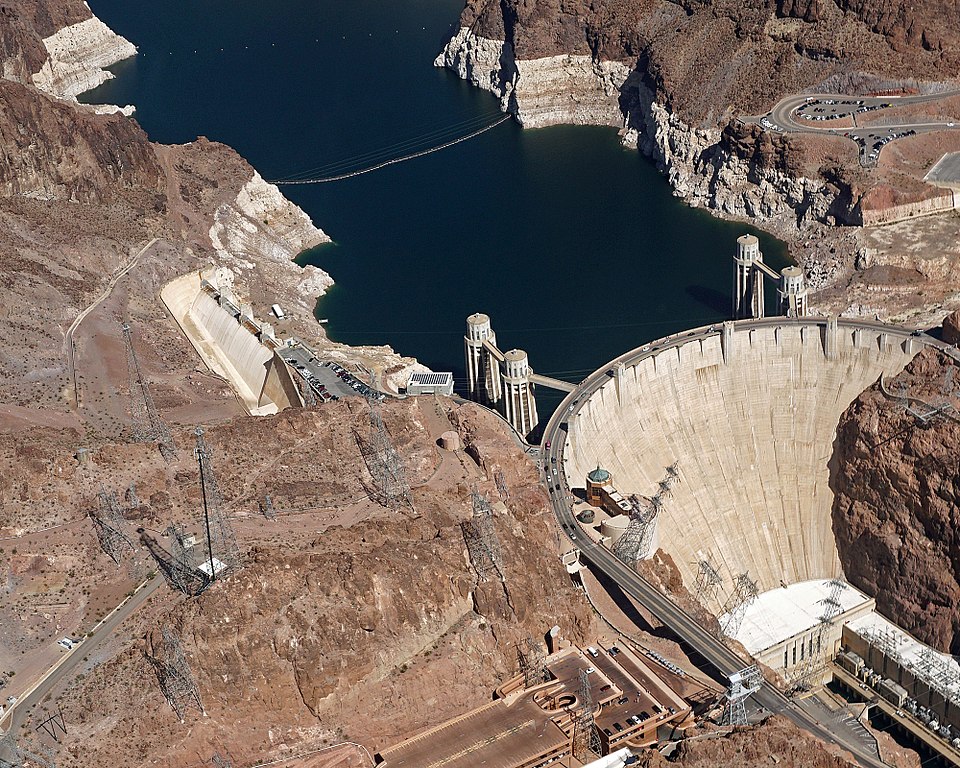
Art Deco details are not just decoration. A plaza star map marks the sky exactly as it appeared when the dam was dedicated in 1935, meant as a message to future visitors. The bronze Winged Figures of the Republic stand on terrazzo embedded with star charts and state seals. Engineers still balance water storage, flood control, and power demands for millions, using modern sensors the original builders never had. The polished stone, engraved dates, and precise alignments turn utility into public art.
